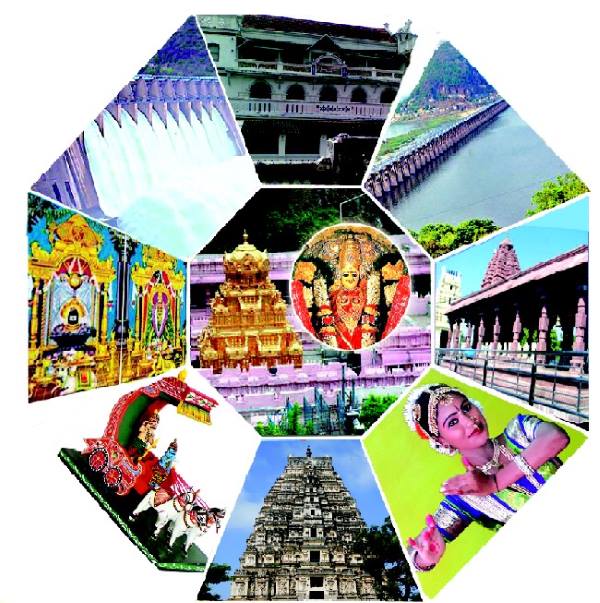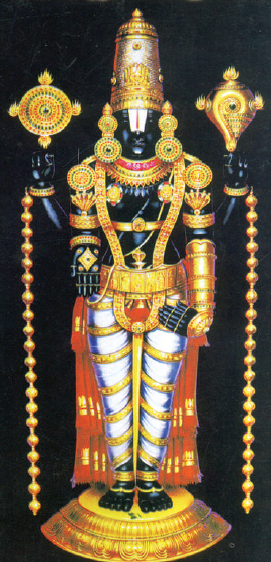Krishna Pushkaram & It’s Significance To all living beings water is the source of life. The perennial rivers that provide water show evidence related to the beginnings of human culture and their development. It has been the tradition in our country to worship rivers, as images of divinity and worship. Nadi & Pushkaram From the Read More
Tag: krishna
Worship of Lord Srinivasa – Dhanurmasam
Lord Srinivasa is worshipped as Lord Krishna During the auspicious month of Dhanurmasam, special rituals are offered to Lord Srinivasa at Tirumala Hill Shrine. For the entire 30 days of Dhanurmasam, Lord Srinivasa is worshipped as Lord Krishna. Silent Thomala Seva During the commencement of Dhanurmasam, at the specified time, Srivaru is offered with special Read More


